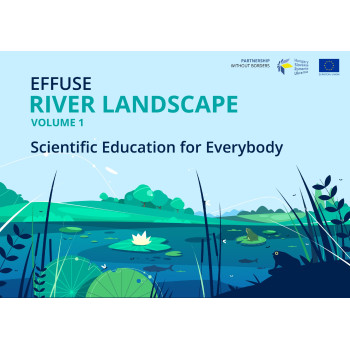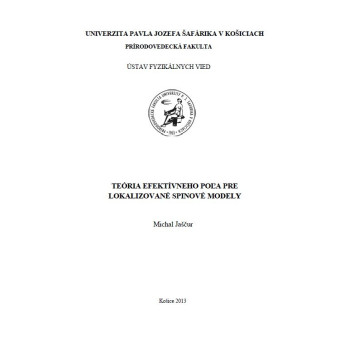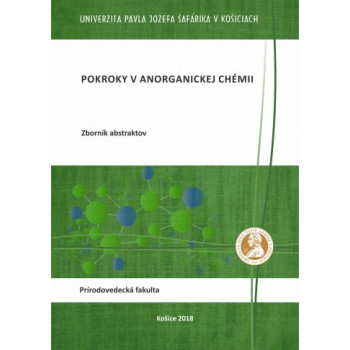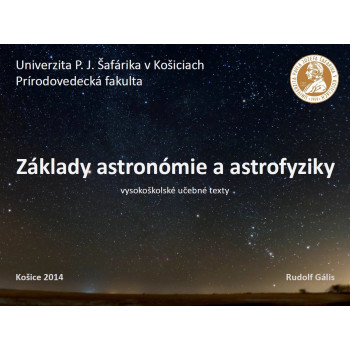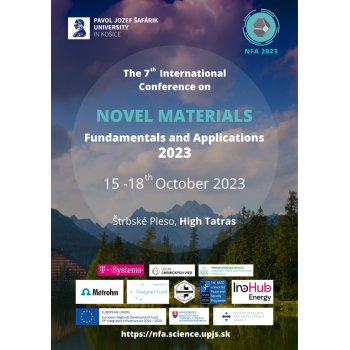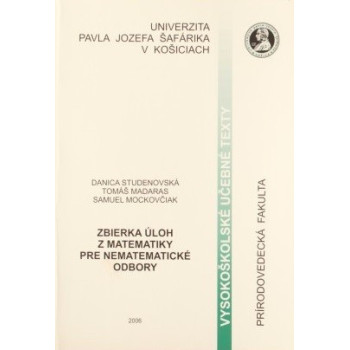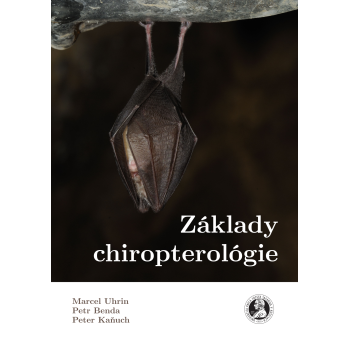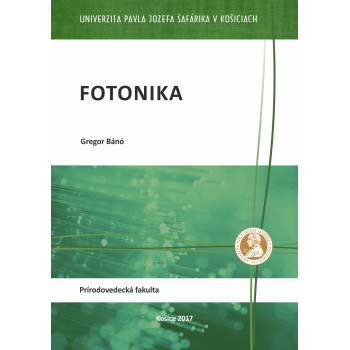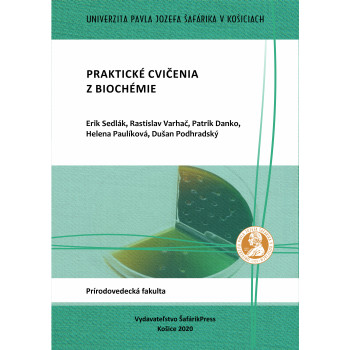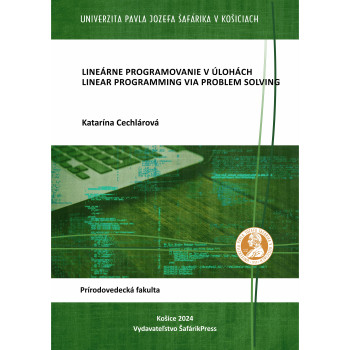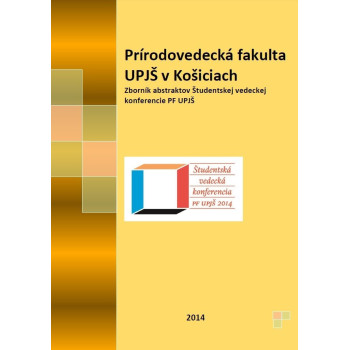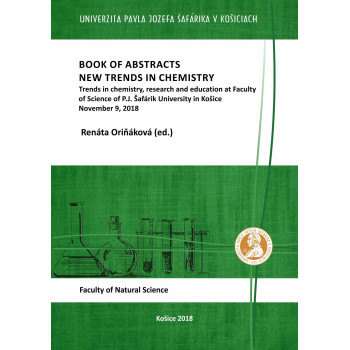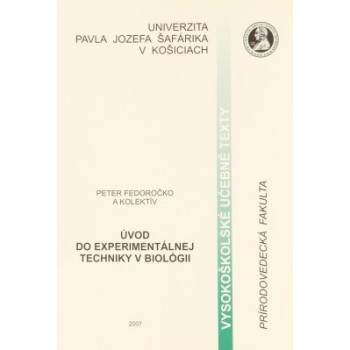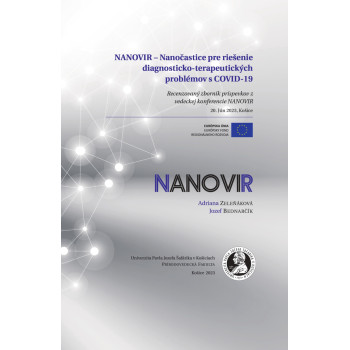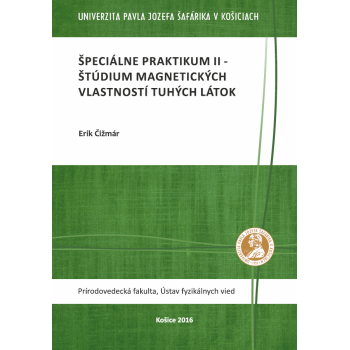
EFFUSE – River Landscape, Volume 1: Scientific...
E-publication
Beáta Valkay ed.
Ivana Slepáková-Andrej Mock a kol.
The textbook EFFUSE – River Landscape, Volume 1: Scientific Education for Everybody, developed within the EFFUSE project, explores the importance of water for living organisms and the specific features of water in the Transcarpathian region. It addresses the issue of water pollution and presents bioindication as an effective method of environmental research. The publication explains how the ecological status of rivers and water quality can be assessed using aquatic plants, insects, fish, and amphibians. It also raises awareness about the microbial composition of water and offers guidance on protecting oneself from waterborne infections. Finally, it highlights the significance of environmental education and awareness in strengthening the relationship between humans and the natural environment.



